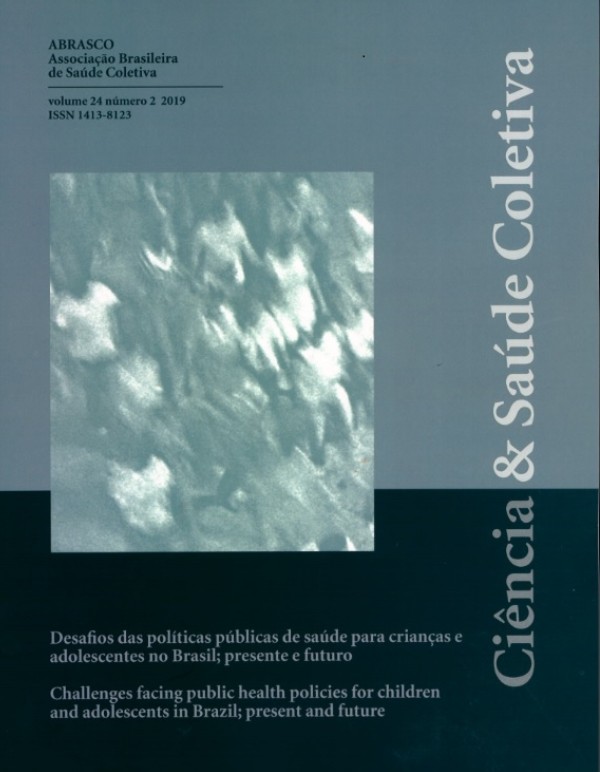0178/2017 - Problems related to binge drinking among studentsBrazilian’s state capitals
Problemas associados ao binge drinking entre estudantes das capitais brasileiras
Author:
• Karla Gomes - Gomes, Karla - Universidade Federal de Sao Paulo Escola Paulista de Medicina - <karla_gomes01@hotmail.com>Co-author(s):
• Ana Regina Noto Faria - Faria, A.R.N - Universidade Federal de São Paulo, NEPSIS - <anareginanoto@gmail.com>ORCID: https://orcid.org/0000-0003-2622-6668
• Elaine Lucas dos Santos - Santos, Elaine Lucas dos - Universidade Federal de Sao Paulo, NEPSIS - <elaine_ls@hotmail.com>
• André Bedendo - Bedendo, A. - São Paulo, SP - Universidade Federal de Sao Paulo, NEPSIS - <andrebedendo@gmail.com>
• Tatiana de Castro Amato - Amato, T.C - Universidade Federal de Sao Paulo, NEPSIS - <tatiamato@yahoo.com.br>
ORCID: https://orcid.org/0000-0002-1860-1010
Thematic Area:
Saúde da Criança e do AdolescenteAbstract:
Objective: To estimate the odds of problems related to adolescent’s binge-drinking compared non-binge-drinking users among Brazilian students.Methods: The sample was composed by public and private schools from all 27 Brazilians’ state capitals. Self-report questionnaires were administered high-school students aged 14 to 18. We analyzed data from the past year alcohol users (N=10666). The odds were estimated via weighted logistic regression model.
Results: Binge Drinking in the past year was mentioned by half of students and about 33% reported any alcohol related problem. Past year binge drinkers (aOR=4.7; CI: 3.9-5.7) and past month binge drinkers (aOR=4.4; CI:3.6-5.4) were more likely to have problems. The most likely problem was to go drunk to school or work (aOR:6.5; CI:3.6-11.9), to have sex without condom (aOR:5.0; CI:3.7-6.8) and fight with someone (aOR:4.5; CI:3.2-6.3). The higher the frequency of past month binge drinking by adolescents, the higher the odds of all these consequences.
Conclusions. Adolescents binge drinkers are more exposed to alcohol related problems than those who referred less alcohol use. Alcohol education programs should consider the most prevalent risk behaviors and the different patterns of alcohol use by adolescents, including a discussion beyond alcohol use versus non-alcohol use.











